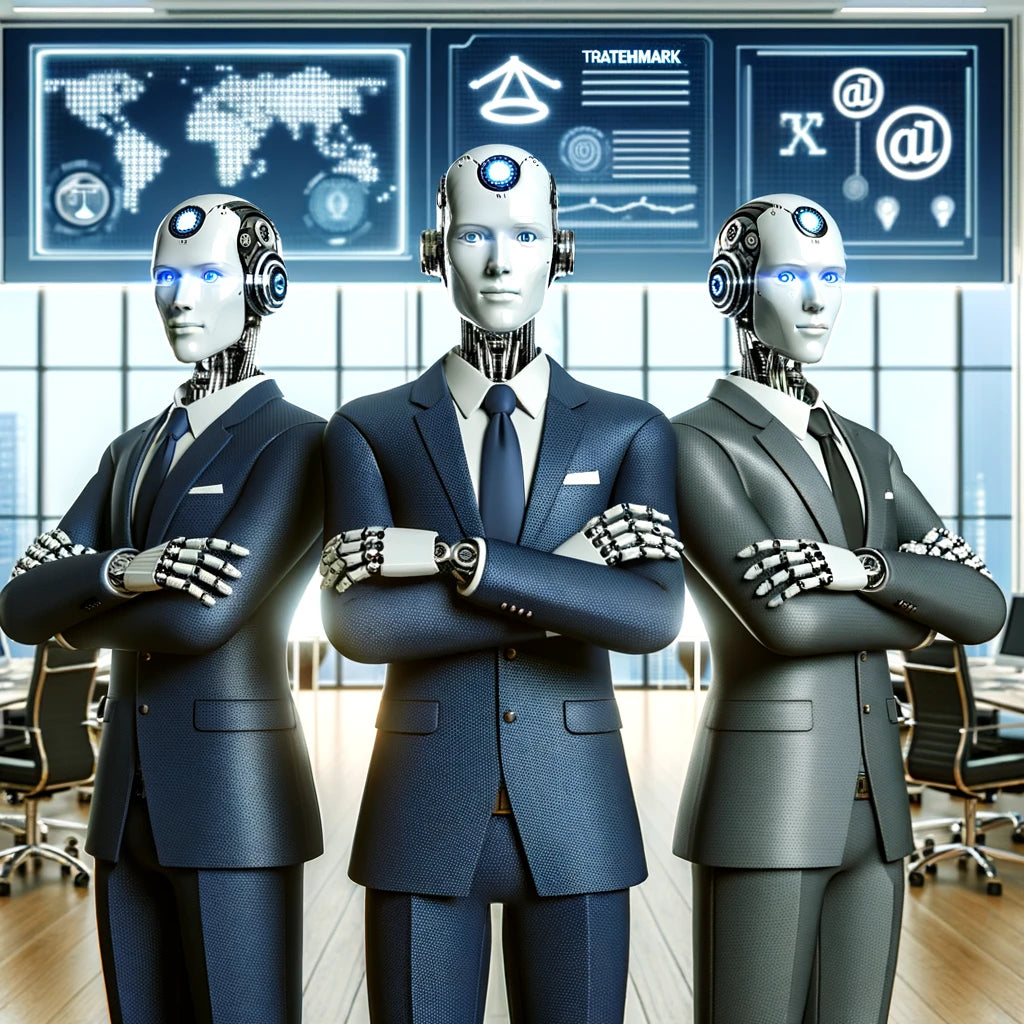Your cart is empty now.

AI LLMs for trademark law and case law analysis
- 11 May, 2024
- Nyall Engfield
AI LLMs for trademark law and case law analysis
Large language models (LLMs) can be very useful tools for legal research and analysis, including in the area of trademark law.
How can LLMs understand law?
Here's a general overview of how LLMs can understand and engage with legal cases and reasoning:
- Textual analysis: LLMs can parse and analyze the text of court decisions, identifying key elements such as the facts of the case, the legal issues involved, the arguments presented by both sides, the reasoning and analysis employed by the judges, and the final rulings or holdings.
- Pattern recognition: Through exposure to numerous legal texts during training, LLMs can identify common patterns in legal reasoning, such as the application of precedents, the interpretation of statutes or regulations, the weighing of evidence, and the balancing of various legal principles or considerations.
- Language generation: Based on the patterns learned, LLMs can generate text that resembles legal writing, including summaries of cases, analyses of legal issues, and even drafts of legal documents or opinions, although the quality and accuracy of such generated text may vary.
- Question answering: LLMs can use their understanding of legal concepts and cases to provide responses to specific questions related to legal matters, drawing upon the relevant information from their training data.
Shortcomings of LLMs for legal reasoning
There are some key shortcomings and limitations that need to be considered when using LLMs for tasks involving case law analysis for trademarks:
1. Training data limitations: Most current LLMs are trained on broad internet data which may not comprehensively cover specialized legal domains like trademark case law. This can lead to gaps in understanding nuanced legal concepts, precedents, and reasoning.
2. Lack of continuous updating: LLM knowledge is static based on the training data cutoff. Case law is constantly evolving with new decisions, so the LLM's knowledge can quickly become outdated without periodic retraining on the latest cases.
3. Context and precedent awareness: LLMs may struggle to fully account for the contextual hierarchy, jurisdiction specifics, and complex precedent relationships that human experts rely on when analyzing trademark cases.
4. Legal writing conventions: While LLMs can generate fluent text, they may not inherently follow the formal styling, citation practices, and rigid structure expected in legal writings like trademark office action responses.
Potential Solutions for LLMs
To overcome these limitations, some potential solutions are:
1. Fine-tuning on trademark data: LLMs can be further trained or fine-tuned on curated datasets specifically covering trademark laws, cases, and writings to improve domain-specific performance. This is also mitigated by stare decisis, which is the general requirement that cases be decided on, and consistent with, previous legal decisions.
2. Human-AI collaboration: Using the LLM's suggestions as a starting point augmented by human legal experts who can validate, refine, and finalize the analysis accounting for latest precedents and contextual nuances. This is probably required anyhow, since legal advice must have a person behind it, someone who is responsible to the consumer.
3. Continuous learning updates: Implementing processes to regularly retrain or update the LLM on the latest case law as it emerges to maintain a current knowledge base.
4. Integrating with legal databases/tools: Combining LLM question-answering with access to comprehensive legal research databases and software specifically tailored for trademark case law and procedures.
5. Post-editing and styling: Having human experts critically review and edit the LLM's outputs to conform with appropriate legal writing styles, citations, and conventions before finalizing.
While LLMs currently have shortcomings for specialized legal tasks like trademark case law, leveraging them through approaches like targeted fine-tuning, human-AI collaboration, continuous learning, integration with legal tools, and post-editing can help mitigate the limitations and unlock their potential in this domain.
Search
Archive
- August 2024
-
- How to avoid being locked out of your Amazon product listings
- If you tattoo a trademark on your body - Skinvertising- can you be sued?
- Burnt Orange - University of Texas Trademark of Pantone 159
- Jungle Superheroes - famous characters similar to Tarzan and the difficulties of maintaining a monopoly
- What happens to the trademark rights if the renewal is missed



